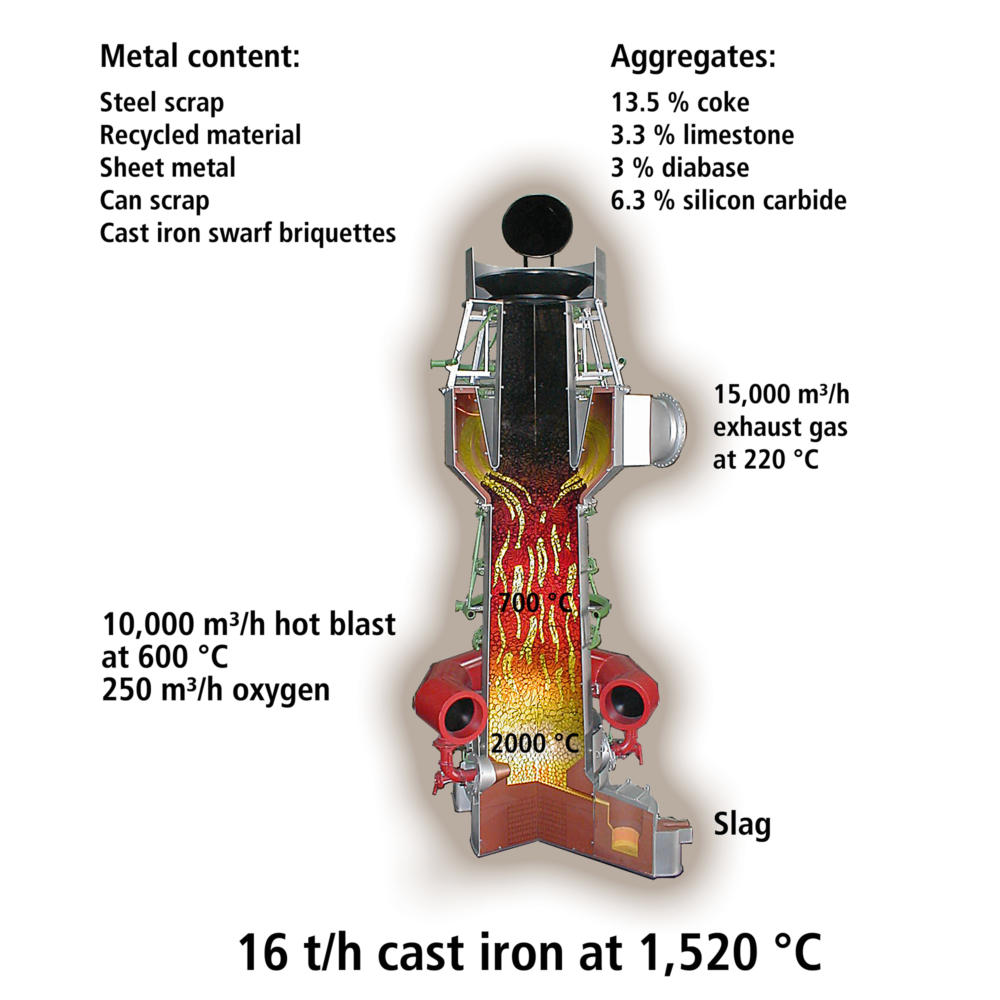Energy efficiency and CO2 reduction
Innovative and effective solutions for a climate-neutral economy are needed to achieve the energy and climate protection targets (climate neutrality in Germany by 2045, the entire EU by 2050) and to limit global warming to 1.5°C. In today’s world, which is increasingly confronted with the challenges of climate change, it is becoming more and more important not only for industry but also for SMEs to understand their carbon footprint and develop effective climate strategies. This can reduce a company’s environmental footprint while promoting sustainable growth.
Transformation
The term ‚transformation‘ stands for fundamental change, and in practice it is precisely this ‚fundamental change‘ that is already taking place in many areas of the economy: digitalisation and automation. But there is another reason why products and production processes need to change fundamentally: the economy needs to become climate neutral! This will require major investments in new production processes, products and infrastructure. A transformation plan sets out detailed steps on how a company can restructure its operations and decarbonise its energy flows to become more environmentally friendly. The most common steps and mitigation measures include investing in renewable energy, electrifying processes and equipment, and optimising logistics and production processes.
Up to date
For cast iron pipe manufacturers, the cupola furnace is a typical melting unit for the production of molten iron. This upright shaft furnace enables the use and utilisation of high quality steel scrap and recycled material. It completely eliminates the need to smelt the primary raw material, iron ore, in a blast furnace, reducing CO2 emissions by approximately 1.62 tonnes of CO2 per tonne of pig iron produced.
The cupola process therefore has a positive environmental impact in two respects:
- Energy efficiency and CO2 reduction firstly, due to the significant reduction in CO2 emissions compared to the blast furnace process
- secondly, through the use of almost 100% secondary raw materials in the form of high quality scrap
The combination of scientific knowledge and the company’s own process reviews has led to significant improvements in the cupola melting process, which make a significant contribution to energy efficiency and CO2 reduction. These include, for example
- reducing the use of coke, resulting in a CO2 reduction of approximately 2,000 tonnes per year
- the use of waste heat for district heating
- Process optimisation through the re-use of dishwashing irons, which means a significant improvement in energy use and a reduction in CO2 emissions of 330 tonnes per year
Last but not least, our member companies remain committed to the efficient and environmentally friendly development of production processes and procedures, the further development of existing material cycles and the substitution of primary raw materials, while at the same time reducing CO2 emissions.

